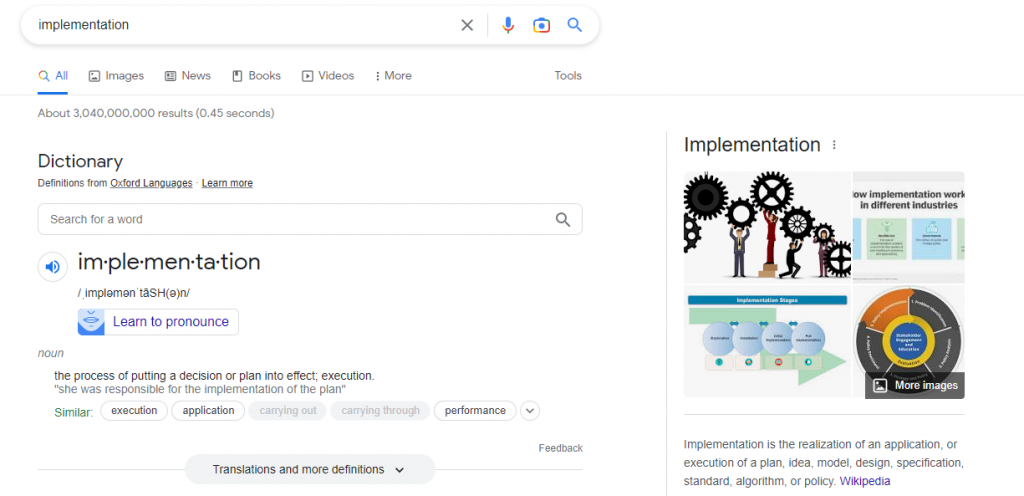
Objective 1.3: Preserve and conserve Enterprise assets while
managing the conservatorships
Oversee the Enterprises’ implementation of capital plans to achieve regulatory capital
requirements;
https://www.fhfa.gov/AboutUs/Reports/ReportDocuments/FHFA_StrategicPlan_2022-2026.pdf
The final rule’s requirement to develop capital plans will allow the Enterprises to
identify the amount of capital they need to raise to meet the ERCF’s requirements, and to
consider the timing of when to raise capital, and what
Ensure Safety and Soundness
The second strategic goal of the 2021 Scorecard was
to ensure Enterprise safety and soundness by operating
all aspects of the business in a safe and sound manner
given limited capital cushions, with a prudent risk
profile, and heightened risk management appropriate
for conservatorship. These efforts were to include:
• Developing appropriate Enterprise risk limits to
ensure risk and complexity are reduced to levels
more appropriate for regulated entities with limited
capital cushions. (suspended)
• Implementing capital management and capital
planning capabilities that transition away from the
existing Conservatorship Capital Framework to the
Enterprise Regulatory Capital Framework (ERCF).
• Work with FHFA to develop contingency plans that
could be deployed as needed under FHFA direction
FHFA is continuing to take steps to strengthen the capital positions of the Enterprises so that they can fulfill their
responsibilities throughout the economic cycle. Following the publication of a proposed rule in 2021, FHFA
finalized important enhancements to the Enterprise Regulatory Capital Framework in February 2022. These
enhancements provide the Enterprises with the necessary incentives to transfer credit risk to private investors,
which will help protect taxpayers from the risks posed by the Enterprises. Furthermore, in the Spring of 2022, FHFA
finalized additional capital planning requirements to ensure the Enterprises properly assess their risks and maintain
the appropriate level of capital, and disclosure requirements to provide market participants with more information to
assess an Enterprise’s risks and capital adequacy
Capital Management and Planning
As the Enterprises continue to retain and build capital,
capital planning provides the critical long-term
framework for the Enterprises to manage their financial
resources. This framework includes strategies to reach
capital adequacy, while incorporating and aggregating
other relevant factors from across the Enterprises’
business such as pricing and CRT issuance.
Each Enterprise submitted a capital plan to FHFA on
September 30, 2021 intended to support compliance
with the ERCF, including efforts to build, maintain,
and monitor capital adequacy. The elements of the
Enterprises’ capital plans included:
• Assessment of the expected sources and uses of
capital, by projecting revenue, expenses, losses, loan
loss reserves, earnings, and capital;
• Description of planned capital actions over the
planning horizon that identify actions management will
take to enable an Enterprise to achieve and maintain
regulatory capital requirements specified in the ERCF;
• Principles and guidelines used for capital planning,
issuance, usage, and distributions; and
• Discussion of any expected changes to the
Enterprises’ business plan that are likely to have a
material impact on capital adequacy or liquidity.
FHFA reviewed the capital plans and provided
feedback to the Enterprises, including enhancements
required to future capital plans submissions related to
capital generation and regulatory capital metrics.
FHFA is actively engaging with the Enterprises in
preparation for their 2022 capital plan submissions.
Furthermore, in June 2022, FHFA finalized a rule
related to capital planning to enhance the capital
planning process.
Strengthening the Enterprises’
Financial Condition
The FHFA Strategic Plan: Fiscal Year 2022-202651
states that as conservator, FHFA is focused on ensuring
that each Enterprise builds capital and improves its
safety and soundness. FHFA is also takting additional
steps beyond building capital to ensure that the
issues that led to the financial crisis will not recur.
These steps include prioritizing the transfer of risk
to private market participants, enhancing operational
resiliency, strengthening governance and infrastructure,
addressing human capital needs to build a deep
reservoir of talent and experience, improving the
Enterprises’ transparency, strengthening underwriting,
and reviewing pricing and credit policies. FHFA’s
priority and responsibility in the interim is to focus on
the safety and soundness and mission requirements of
both Enterprises.
https://www.fhfa.gov/AboutUs/Reports/ReportDocuments/FHFA-2021-Annual-Report-to-Congress.pdf
In 2021,
FHFA asked each Enterprise to submit a capital plan in
substantially the same form as would be required under a
rulemaking. The first capital plans were submitted to the
Agency in September 2021. FHFA published the proposed
rule in the Federal Register on December 27, 2021,
and the rule was adopted in final form on June 1, 2022.
https://www.fhfa.gov/AboutUs/Reports/ReportDocuments/FHFA-2022-PAR.pdf

